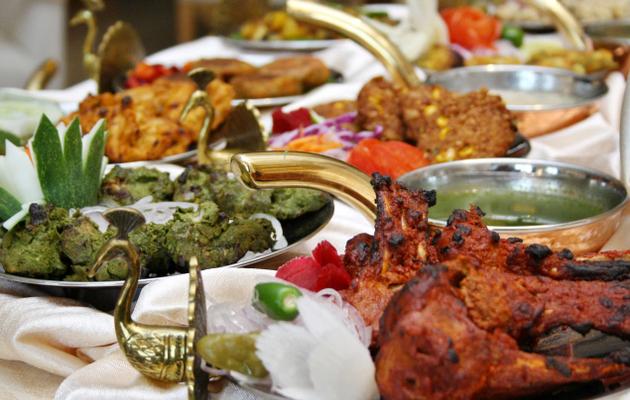What Cooking Utensils Are Needed To Prepare Awadhi Cuisine?
Awadhi cuisine is renowned for its wholesome, flavourful dishes that are cooked with love and attention. But in order to create these delights, every chef and home cook needs a few special utensils that allow the food to be cooked in a certain way, helping to lock in that authentic Awadhi flavour. Let’s take a look at these in more detail:

Degchi
A degchi is a wide-rimmed, pear-shaped utensil that’s traditionally made from brass. The shape of the degchi is ideal for the ‘dum’ style of cooking, and it’s mostly used for cooking dishes with a liquidised base. Awadhi cooks use the degchi to cook the staple dish, the Biryani, along with other dishes such as ShabDeg and Pulao. The lid helps to retain heat and a large degchi is called a deg.
Kadhai
Also referred to as a karahi, a kadhai is a deep, circular pot much like a wok. The kadhai is traditionally made from robust cast iron, but modern versions can also be made from aluminium or iron. In Awadhi cuisine,kadhais are mostly used to make deep-fried snacks such as puris and pakoras, by they can also be used for simmering stews.
Bhagona
Bhagona’s are best used when a recipe calls for the chef to bhunna (sauté) their ingredients. This large brass pot featuring a lid can also be used for boiling and simmering, making it perfect for gentle dishes such as korma. This multi-functionality makes it a staple item in many Indian kitchens.
Mahi tawa
This griddle-like item is used for cooking one of Awadhi’s staple dishes – kebabs. It is a large, round tray which has a flat base and raised edge. The mahitawa is usually placed over a fire, before the kebab mixture is added to it and fried on both sides over a slow flame, until cooked. As well as kebabs, other dishes can be prepared on a mahitawa by placing a cover over the top of it.
Lagan
A lagan is another essential Indian cooking utensil that is commonly used when cooking whole or large cuts of poultry or meat. Typically made from copper, this attractive item is round and shallow in appearance; heat is applied from the top and the bottom of the lagan in order to disperse the heat and cook the meat evenly.
Lohe ka tandoor
Unlike the clay tandoors that you would typically find in kitchens in areas such as Delhi, the lohe ka tandoor is a dome-shaped tandoor oven made from iron. In Awadhi cuisine, this type of tandoor is used for cooking a variety of popular breads such as sheermal and taftan.
Cooks wishing to replicate the exciting and mouth-watering dishes of Awadhi should ensure that their ingredients are prepared and cooked using authentic utensils and equipment. If you can’t get hold of these items in the UK, then the next time you’re in London book a table at one of the city’stop Indian brasseries, where chefs there use traditional tools and recipes to prepare wonderful Indian dishes.


















